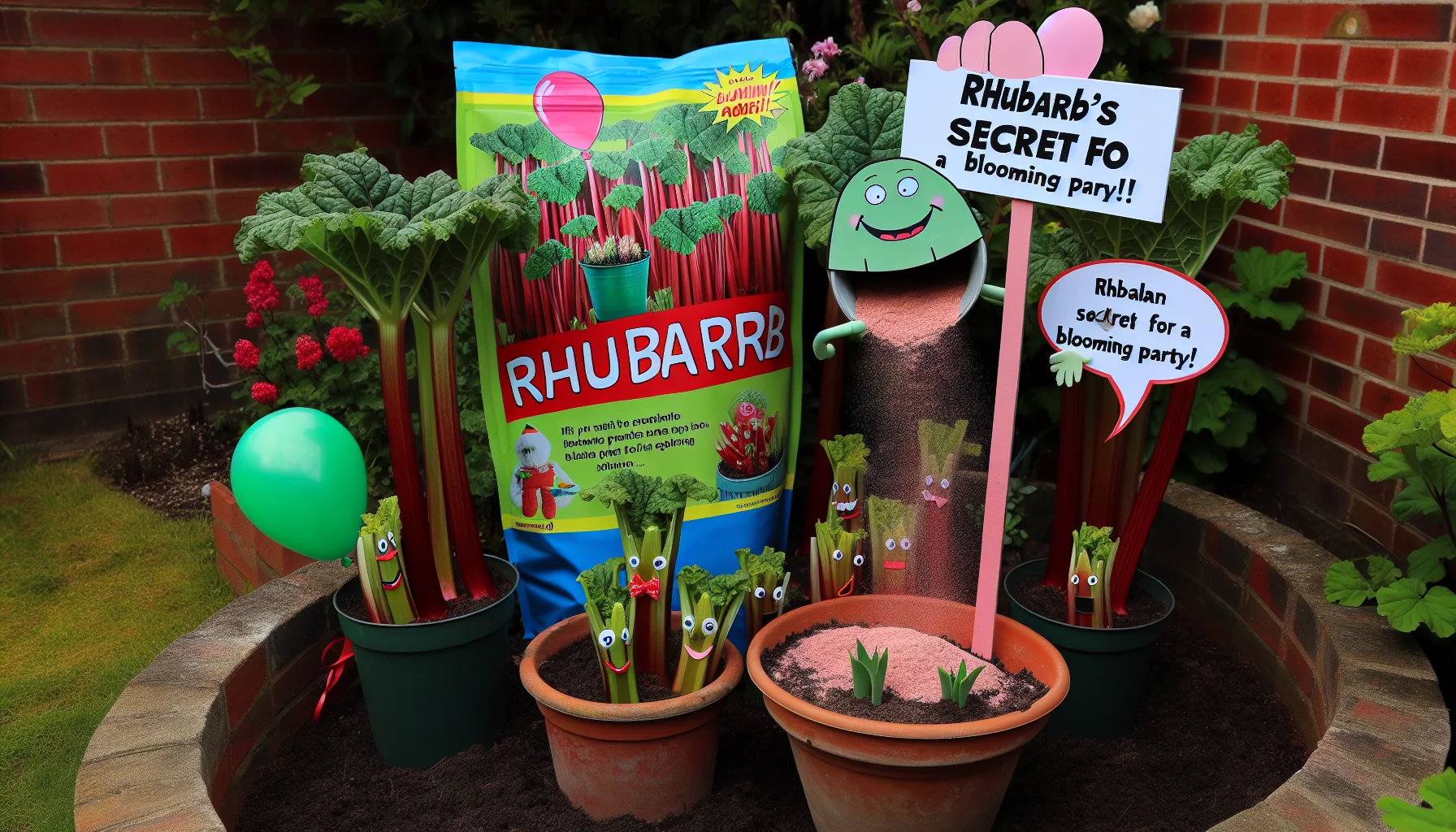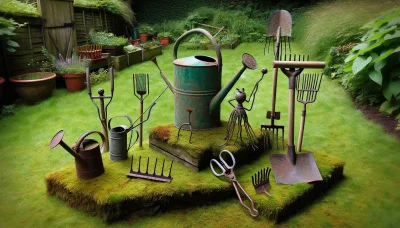Rhubarb fertilizer Quiz
Test Your Knowledge
Question of
The Best Fertilizer for Rhubarb: Boost Your Harvest
Choosing the right fertilizer for rhubarb plants is crucial in gardening. This step is essential not only for promoting vigorous growth but also for ensuring a bountiful harvest. Rhubarb, being a perennial, requires specific nutrients to thrive and produce those desirable, succulent stalks year after year. The right balance of nitrogen, phosphorus, and potassium, along with other micronutrients, can make all the difference in the health and productivity of your rhubarb plants. Understanding the nutritional needs of rhubarb and selecting an appropriate fertilizer accordingly can lead to a more successful gardening experience and a more rewarding rhubarb crop.
Understanding Rhubarb Nutritional Needs
Rhubarb plants thrive when provided with a balanced diet of essential nutrients. For optimal growth and production, they primarily require nitrogen (N) to promote leafy growth, phosphorus (P) to support root development, and potassium (K) for overall health and disease resistance. Adding well-rotted manure or compost to the soil can significantly improve its nutrient content, benefiting the rhubarb plants. Additionally, incorporating a balanced 10-10-10 NPK fertilizer in early spring can provide a boost. It's also important to ensure rhubarb has access to trace elements like calcium and magnesium, which can be achieved by maintaining a soil pH around 6.0 to 6.8. Regular testing of soil nutrients can help in adjusting the fertilization regimen to meet the specific needs of rhubarb plants for hearty growth and a bountiful harvest.
Top Fertilizers for Rhubarb: A Comparison
| Fertilizer Type | Organic | NPK Ratio | Application Timing |
|---|---|---|---|
| Composted Manure | Yes | N/A | Early Spring |
| Fish Emulsion | Yes | 5-1-1 | Spring and Summer |
| All-Purpose Garden Fertilizer | No | 10-10-10 | Early Spring and as needed |
| Bone Meal | Yes | 4-12-0 | At planting and annually in spring |
| Seaweed Extract | Yes | 0-0-1 | During growing season |
Organic Vs. Synthetic Fertilizers for Rhubarb
When it comes to nourishing rhubarb plants, gardeners often debate between organic and synthetic fertilizers. Organic fertilizers, derived from natural sources such as compost, manure, or bone meal, slowly release nutrients, improving soil structure and promoting healthy microbial activity. This gradual nourishment supports steady rhubarb growth without the risk of over-fertilization. However, the nutrient levels in organic options can vary, making it challenging to deliver precise nutrient ratios.
Synthetic fertilizers, on the other hand, offer immediate nutrient availability, allowing for quick correction of soil deficiencies. Their precise nutrient ratios can be tailored to the specific needs of rhubarb plants, potentially leading to more robust growth in the short term. Yet, the high concentration of chemicals can lead to salt buildup in the soil and may harm beneficial soil organisms, affecting long-term soil health and plant resilience.
Ultimately, the choice between organic and synthetic fertilizers for rhubarb depends on the gardener's goals, the current soil condition, and considerations for environmental sustainability. A balanced approach, using both types judiciously, might be the best strategy for healthy plants and soil.
How to Apply Fertilizer to Rhubarb
- Choose a balanced 10-10-10 fertilizer to ensure the rhubarb receives a good mix of nutrients.
- Wait until early spring, just as the rhubarb begins to break dormancy and new growth appears, to apply the first round of fertilizer.
- Apply the fertilizer around the base of the plant, making sure to keep it a few inches away from the crown to avoid burning the emerging shoots.
- Use about 1/2 cup of fertilizer per plant, spreading it evenly in a circle around the plant.
- Water the area well after applying the fertilizer to help dissolve the nutrients and carry them to the roots of the plant.
- Consider a second application of fertilizer in early summer, after the first harvest, to help support continued growth and production.
- Avoid fertilizing late in the season to prevent new growth that could be damaged by frost.
Common Mistakes to Avoid When Fertilizing Rhubarb
Fertilizing rhubarb is essential for ensuring a bountiful harvest, but it's easy to make mistakes that can hinder plant growth. One of the most common errors is over-fertilizing, which can lead to leaf burn and even kill the plant. To avoid this, use a balanced 10-10-10 fertilizer sparingly in early spring and again when harvesting is over. Another mistake is using fresh manure, which can spread disease to the plants. It's best to use composted manure or another organic fertilizer that has been properly aged or treated. Additionally, neglecting the soil pH can lead to poor nutrient absorption. Rhubarb thrives in slightly acidic to neutral soil, so it's important to test the soil pH and adjust it if necessary. By avoiding these common mistakes, gardeners can ensure their rhubarb plants are healthy and productive.












